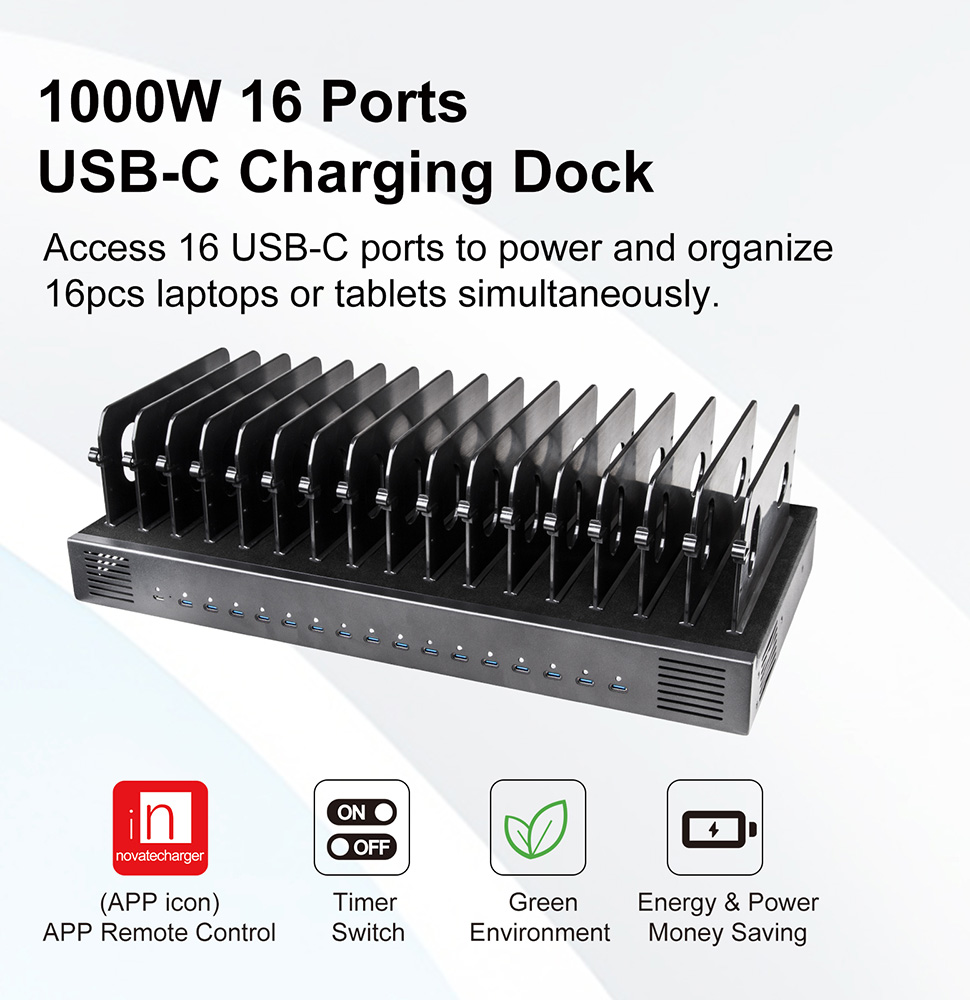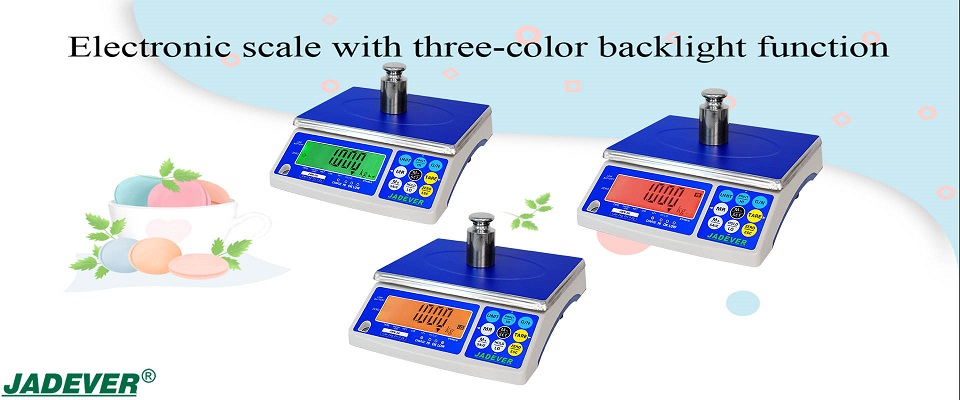UHF RFID Is Expected to Become One of the Mainstream Technologies in the Livestock Industry

The promotion of RFID in the global livestock industry varies from country to country. In Canada, the use of low-frequency RFID has been mandated by law for many years. In the United States, cattle associations and cooperatives are addressing identification traceability challenges, and many organizations are now using UHF tags. In Europe, some countries have made the use of UHF mandatory. In the livestock industry, low-frequency RFID (LF RFID) and ultra-high frequency RFID (UHF RFID) each play different roles:
The magnetic field of low-frequency RFID can produce a relatively uniform sensing area, making it difficult to miss or cross-read during one-to-one identification. On the other hand, low-frequency RFID has strong anti-interference ability, strong penetration, and good anti-metal performance. Better than high frequency and ultra high frequency RFID. In large-scale breeding farms, low-frequency RFID reading and writing devices are mostly deployed in application scenarios such as passages, holding racks, milking tables, and feeders for one-to-one identification to meet on-site use.
UHF RFID also has its unique uses in the livestock industry. High-frequency and ultra-high-frequency RFID can perform group reading of tags, which is very useful in scenarios where large amounts of information need to be processed quickly. However, in the field of livestock breeding, omissions and cross-readings sometimes occur. Moreover, the high price and difficulty of installation of UHF technology previously discouraged many cattle raising companies.
Canadian livestock monitoring company HerdWhistle is breaking out of this dilemma, offering an effective and low-cost UHF solution through expanded global distribution partnerships. The solution is designed to provide transparency into the beef supply chain and uses products including UHF RFID readers and antennas, as well as multispectral cameras that track details related to animal health.
HerdWhistle’s UHF RFID Solutions
HerdWhistle provides a solution to this problem by designing specialized RFID antennas that can maintain operation and capture tag data in severe weather, high moisture and dust levels, and unpredictable environmental conditions. In addition, HerdWhistle has developed several handheld readers that can read tags from up to 100 feet away and processing scanners that uses a combination of low and ultra-high frequencies for guiding animals, etc. This solution system also includes a corresponding dedicated multispectral camera that can perform 3D measurements of animals that come within range of the reader. The infrared camera in the camera can display pixelated images in real time to identify animals at risk of disease. By tracking the health of animals, operators can be more strategic in how they vaccinate or use antibiotics. This complete set of application systems provides an effective and low-cost solution that can help feedlots better manage animals, improve production efficiency and reduce operating costs.

Hopeland Smart Series New UHF RFID Integrated Reader HZ140
Our new smart series RFID Integrated Reader HZ140 and RFID antenna has been successfully used in a similar livestock automatic feeding and management detection system in Brazil, playing an important and key role in the entire system integration project.
Although the promotion situation varies in different regions, with the continuous development and popularization of technology, the UHF RFID system is expected to become one of the mainstream technologies in the animal husbandry industry.
(Some pictures and texts come from the Internet, if there is any infringement, please contact to delete)







